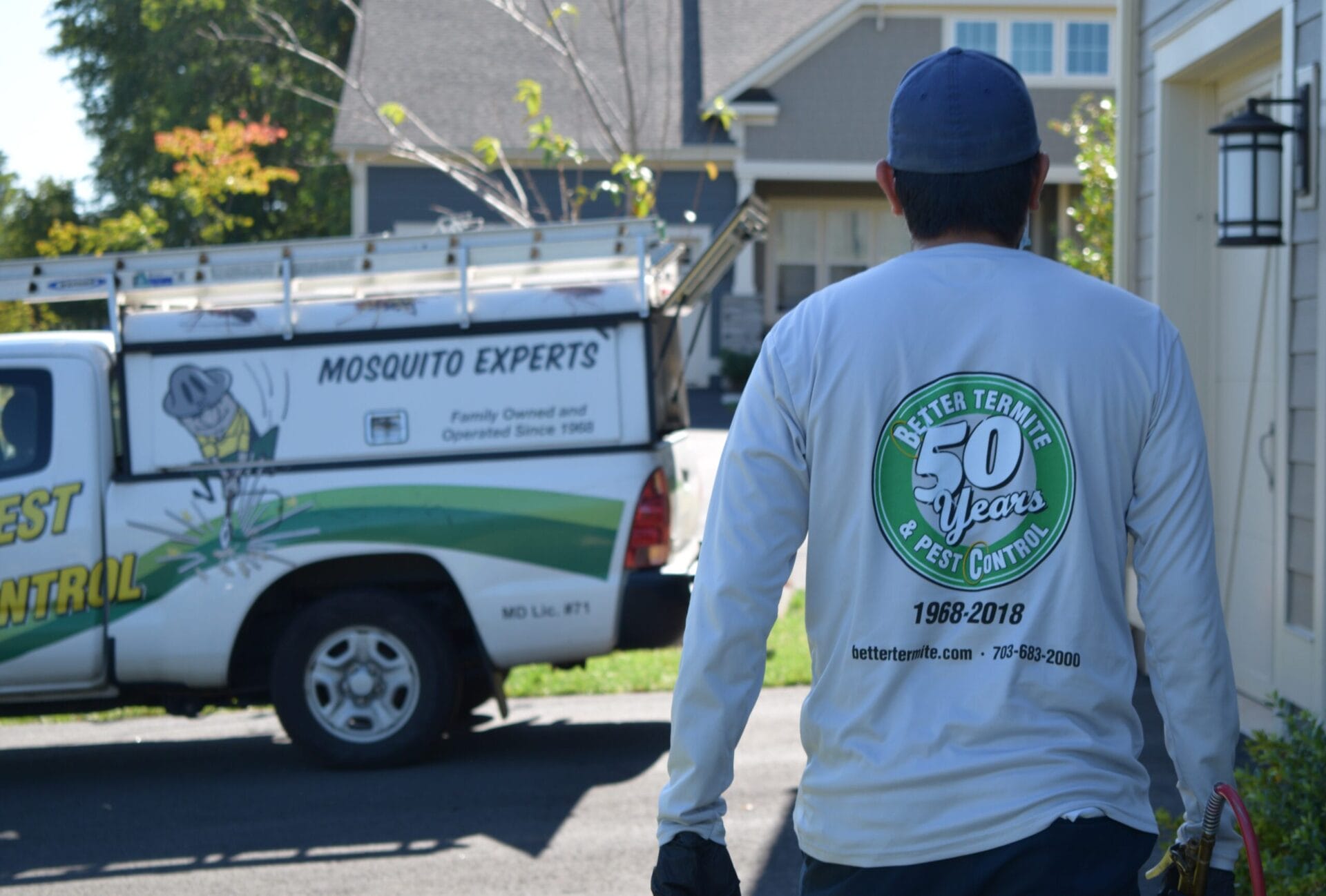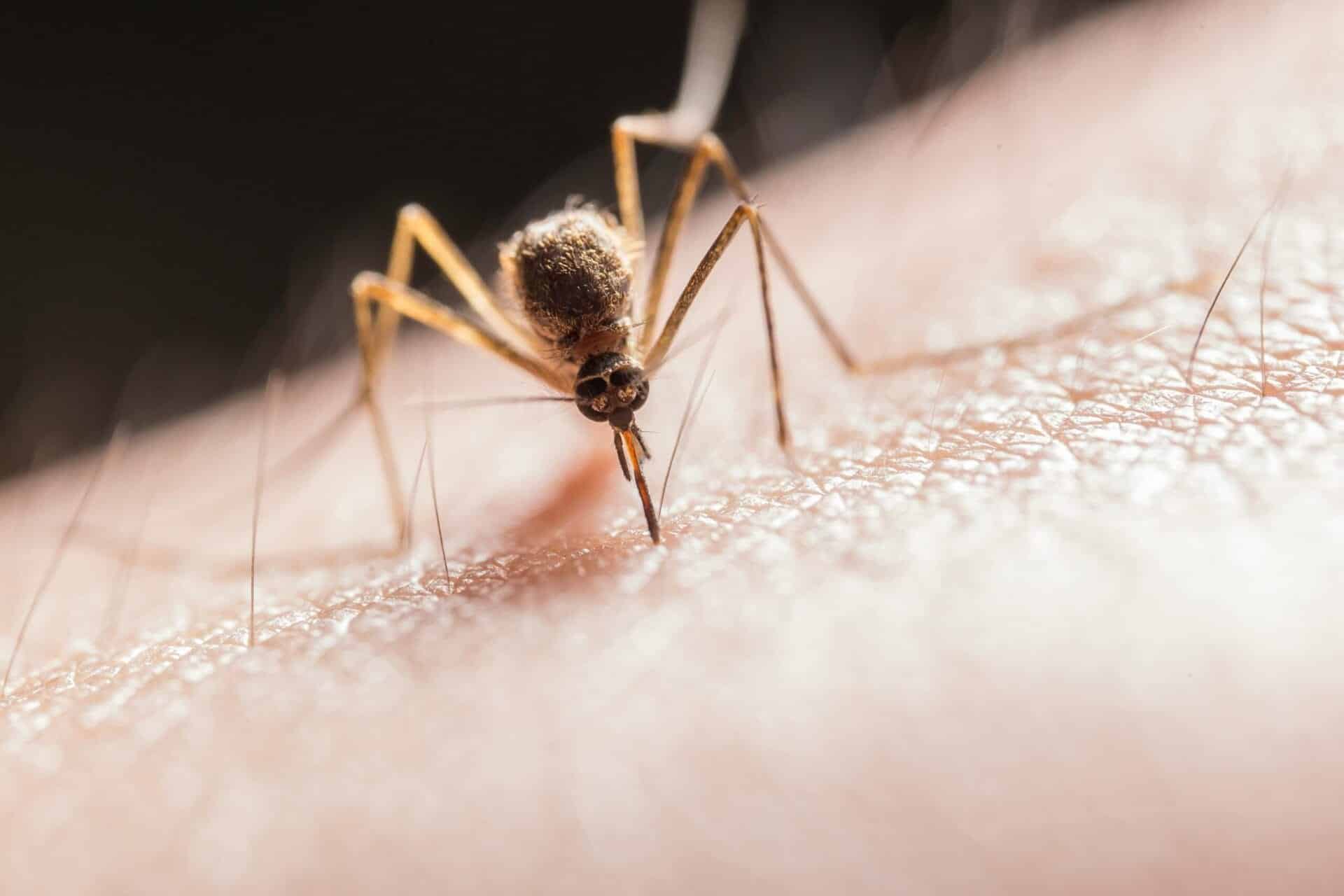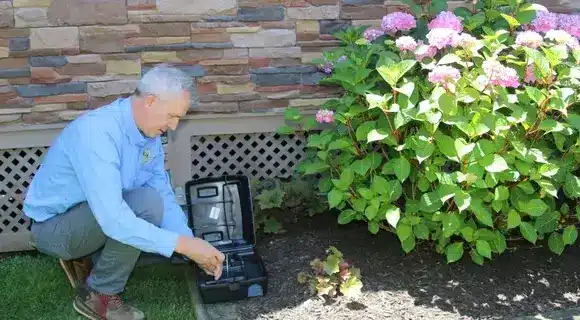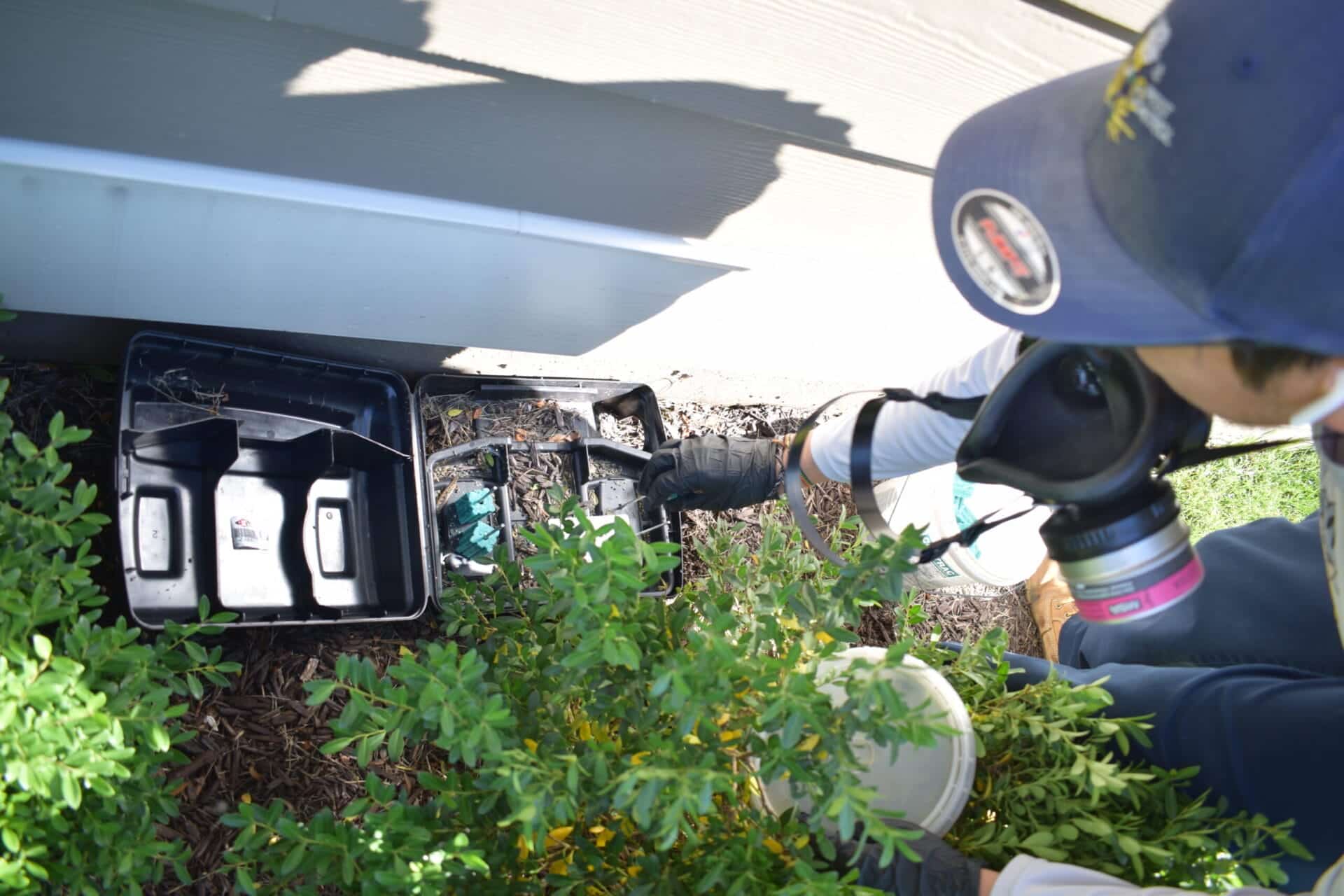


Pest problems can feel overwhelming, especially when you spot a big roach in your living space. In the DC metro area, I’ve been on calls where homeowners find a large bug skittering across their kitchen floor or emerging from a bathroom drain. More often than not, that “huge cockroach” is an American cockroach, about 1.5 inches long with a yellow band behind its head. Spotting these big ones early helps you get the right treatment before the infestation spreads.
Big roaches like American roaches and Oriental roaches differ a lot from German roaches, which are about half an inch. Small roaches nest indoors and breed fast, while large roaches often come from outdoors seeking moisture and warmth.
In my experience, seeing roaches indoors usually means a moisture issue in a basement or crawl space. Addressing that moisture is key to roach control.
Virginia homes most often host three large cockroach species. Here’s how to tell them apart:
American Cockroach
Oriental Cockroach
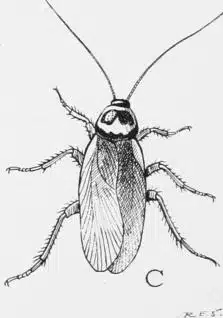
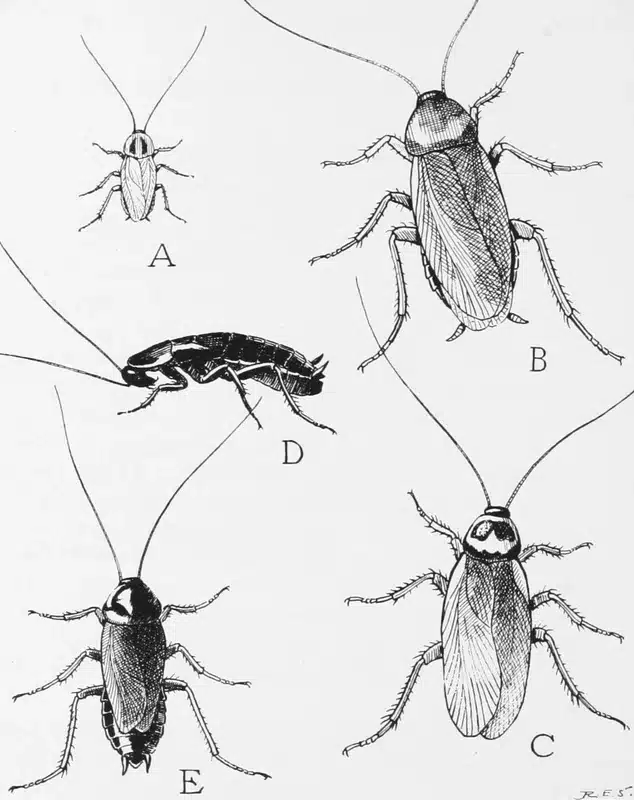
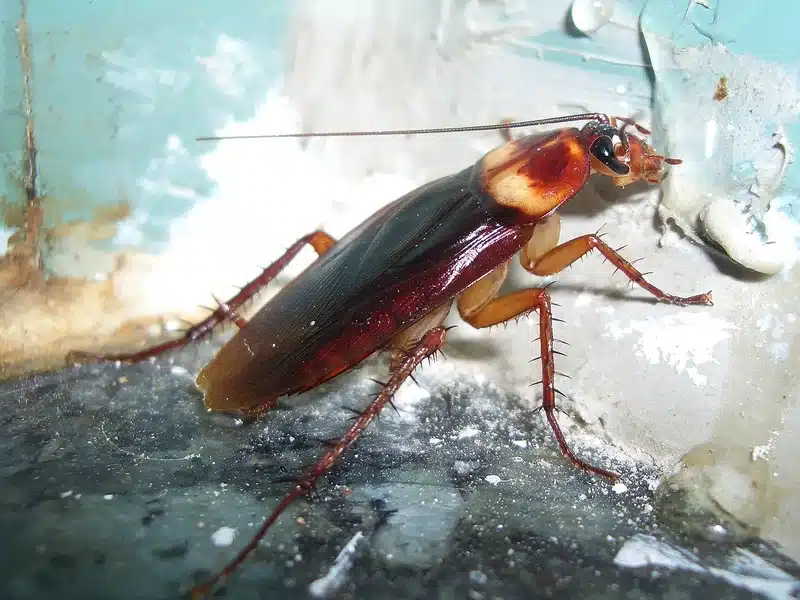
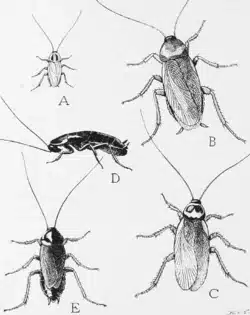
Smokybrown Cockroach
Knowing the specific cockroach species helps choose the right roach control approach.
Big roaches usually invade for the same reasons: food, water, and shelter.
In dozens of service calls, I’ve seen American roaches come up through shower drains or hide in wall crevices near water lines. Fixing leaks and sealing gaps is the first line of defense against a roach infestation.
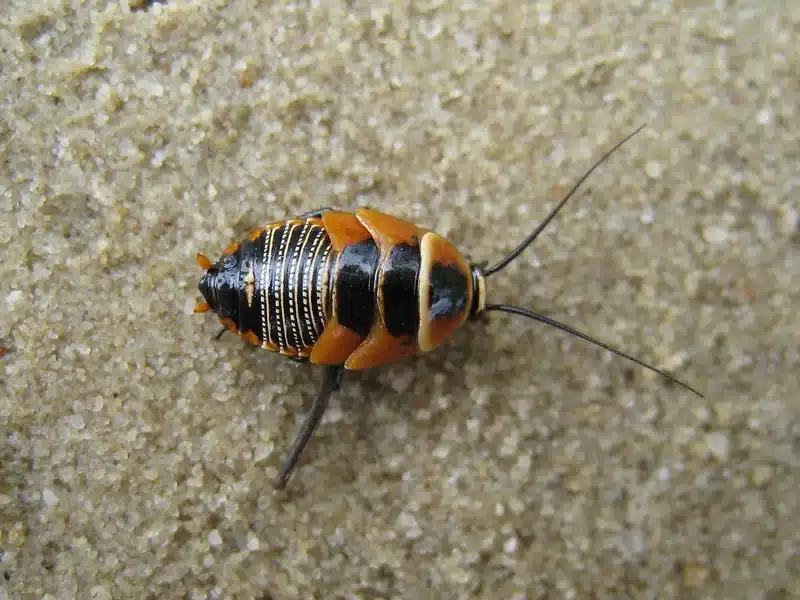
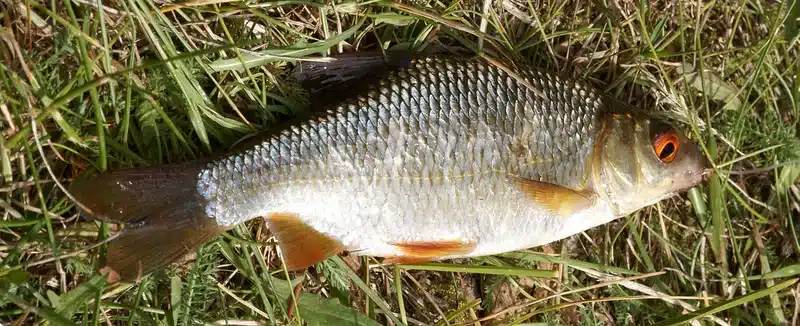
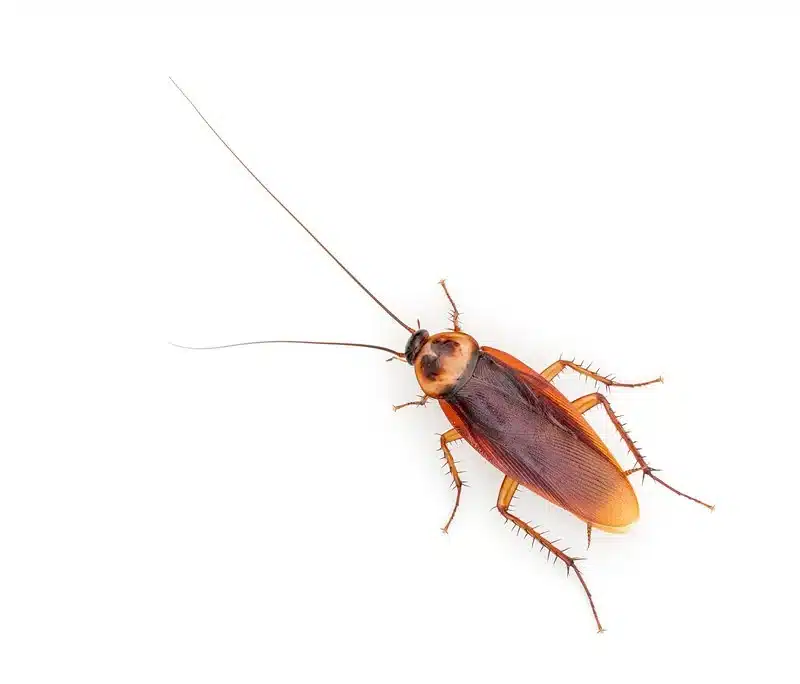
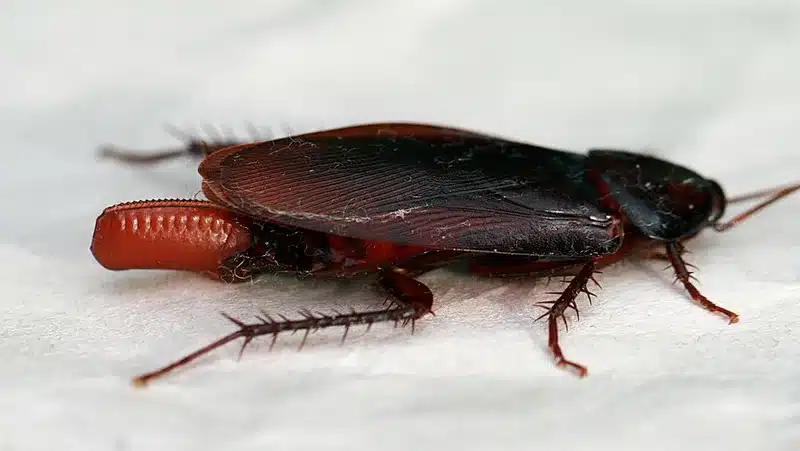
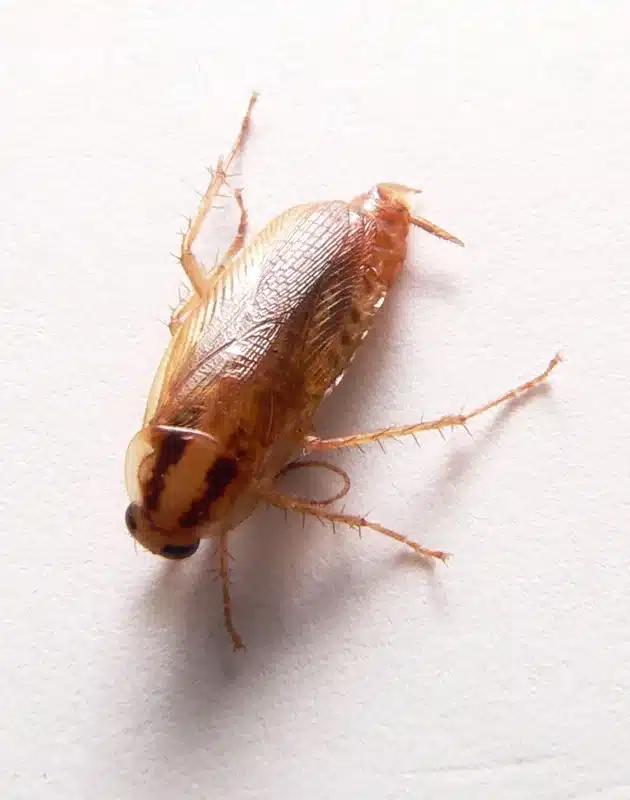
A roach infestation isn’t just gross—it’s a health risk.
Early identification of cockroach species speeds up targeted pest control, reducing disease spread and allergen buildup. According to the Virginia Cooperative Extension, cockroach allergens can linger long after the roaches are gone.
You can start fighting big roaches on your own with these steps:
Avoid using roach spray all over food prep surfaces. Baits and dusts target roaches where they hide, rather than exposing everyone to broad spray.
Sometimes a DIY approach isn’t enough. Call a licensed technician if you notice:
An effective pest control service uses an Integrated Pest Management (IPM) strategy:
At Better Termite & Pest Control, our registered technicians offer unlimited callbacks until we reach a good baseline. You’re never locked into a contract and can cancel with 30 days’ notice under The Better Promise. We cover Arlington, Alexandria, Ashburn, Northern Virginia, Herndon, and Lorton.
To protect your home against roaches:
Regular yard clean-up and home maintenance are a simple way to prevent an infestation.
It’s easy to misidentify a creepy crawler. Here’s a quick roach vs other bug guide:
For more on baby roaches and other species of roaches, see Baby Roaches in Your Home: Identification and Solutions.
Big cockroaches often live just outside and slip in when conditions push them indoors:
Heavy rain or humidity spikes flush roaches out of their outdoor harborage and into your house, especially around basements.
Roach infestations can be stubborn, but with the right mix of sanitation, exclusion, and targeted treatments, you can get rid of roaches for good. Whether you choose DIY baits and boric acid or the full IPM approach with our licensed technicians, the key is persistence and early action.
Ready to take control? Call us at 703-683-2000 or email info@bettertermite.com for an estimate or any questions about roach control.
Large roaches seek moisture and warmth. They enter through cracks or dry floor drains in search of food and water sources.
Trap it or flush it down a drain. Clean the area, apply bait, and inspect nearby cracks and crevices for more activity.
Most are American cockroaches, nicknamed “palmetto bug” or “waterbug” in casual talk. They’re the big ones you see in basements.
They often come from sewers, storm drains, crawl spaces, and outdoor mulch or leaf litter near your foundation.
Seal gaps with caulk or foam. Apply boric acid dust lightly in wall voids and under appliances to target hard-to-reach spots.
Look for an IPM-focused company with licensed technicians, no binding contracts, and a callback policy—like Better Termite & Pest Control.
Cockroaches have long antennae, spiny legs, and flat bodies. Beetles and crickets lack those features and move differently.
Baits work slowly. You’ll often see a noticeable drop after 1–2 weeks as roaches feed, return to harborage, and spread the bait.
Yes. A thin dust layer in roach pathways sticks to their bodies and acts as a stomach poison and desiccant.
If daytime sightings jump, you catch roaches in multiple rooms, or DIY methods fail after a few weeks, call a licensed exterminator.
Want more help? Call 703-683-2000 or email info@bettertermite.com for a free phone consultation with our experts.

With five years of hands-on experience in the pest control industry, George Schulz is a registered technician with the Virginia Pest Management Association and a proud third-generation professional in a family business that’s been protecting homes for over 57 years. He manages and trains a team of service pros while also leading internal research efforts—recently spearheading a deep-dive review of thousands of documents on pest control materials to hand-pick the most kid and pet friendly, most effective solutions tailored specifically for homes in the DC metro area. Read his bio.

